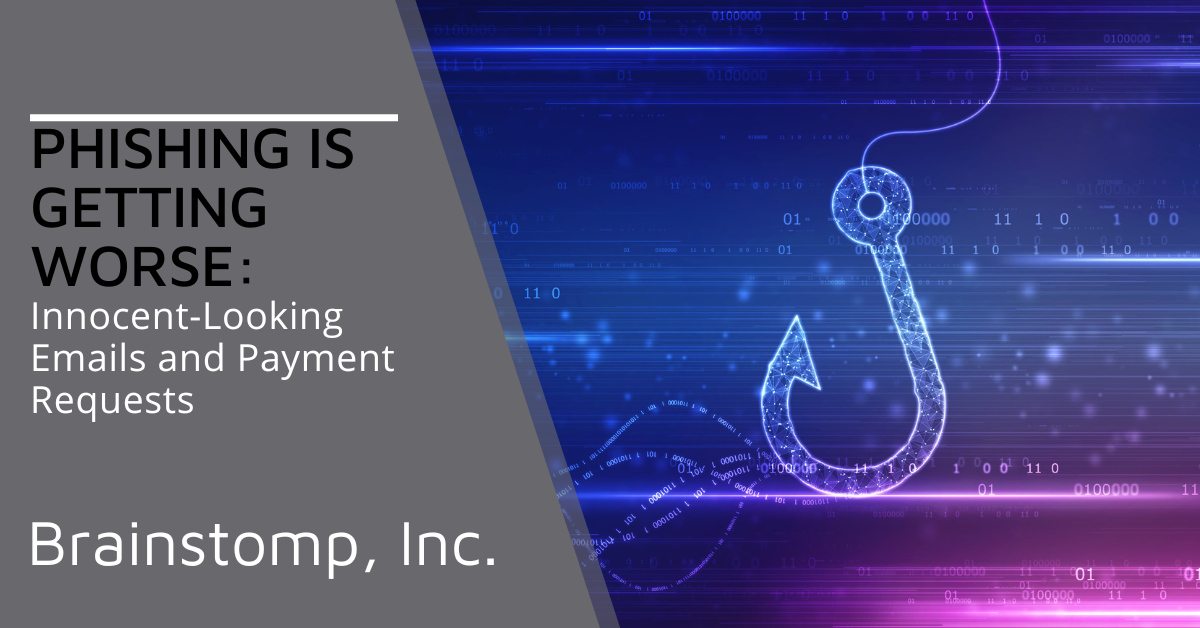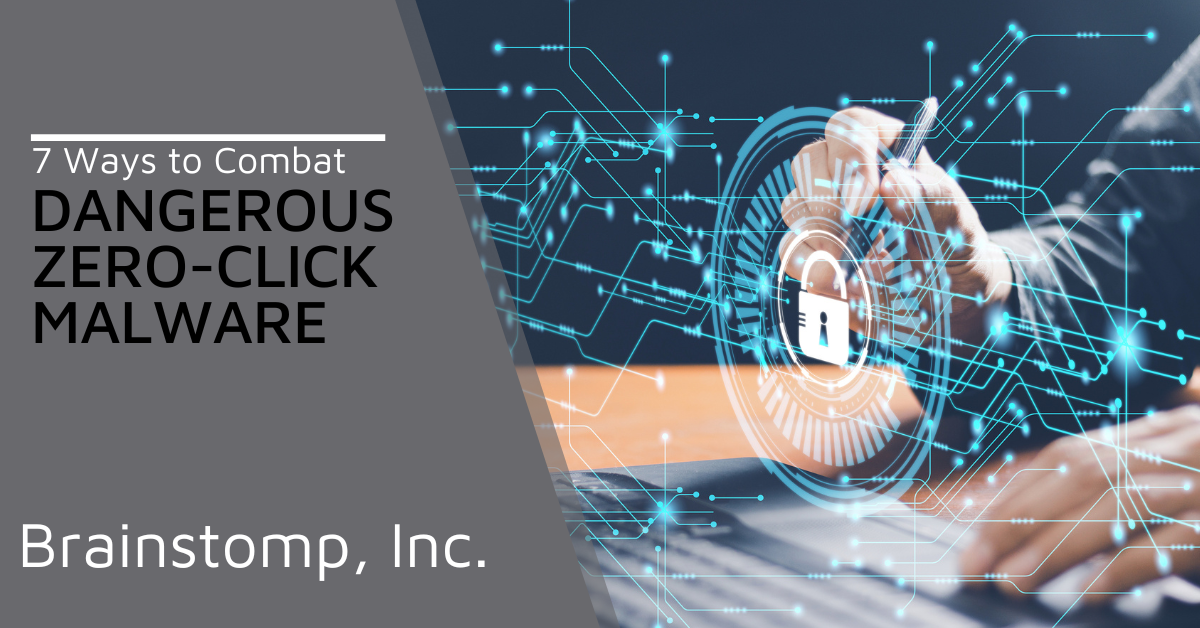4 Best Practices to Emphasize During Cybersecurity Awareness Month in October
/Cybersecurity is no longer just an IT concern; it's a collective responsibility that spans across industries and impacts individuals and organizations alike. With the growing frequency and sophistication of cyber threats, it's crucial to stay vigilant and informed about the best practices in this realm.
October is Cybersecurity Awareness Month, a perfect time to reflect on and reinforce our commitment to cybersecurity. In this article, we'll delve into four essential best practices to emphasize during Cybersecurity Awareness Month and beyond.
1. Protecting Personal Information
Safeguarding Your Digital Identity
Password Hygiene: An essential first step is maintaining strong and unique passwords for each of your online accounts. Using a password manager can help you generate and manage complex passwords.
Multi-Factor Authentication (MFA): Enabling MFA adds an extra layer of security by requiring a second form of verification, such as a text message or biometric confirmation, in addition to your password.
Phishing Awareness: Be cautious of unsolicited emails or messages, and never share personal or financial information through such channels. Educate yourself and your colleagues about the dangers of phishing attacks.
Data Encryption
By emphasizing the protection of personal information, individuals and organizations can significantly reduce the risk of data breaches and identity theft.
Secure Sockets Layer (SSL): Always ensure websites use SSL encryption (https://) when sharing sensitive data. Look for the padlock symbol in your browser's address bar.
End-to-End Encryption: When communicating via messaging apps or email, opt for services that provide end-to-end encryption, which prevents unauthorized access to your messages.
2. Software and System Updates
Proactive software and system updates are essential for plugging potential security holes, making it harder for cybercriminals to gain access.
Importance of Timely Updates
Operating Systems: Regularly update your operating system, including security patches and software updates. Cybercriminals often exploit vulnerabilities in outdated systems.
Third-Party Software: Keep all software, especially web browsers, antivirus programs, and productivity tools, up to date. Cybersecurity companies release updates to counter newly discovered threats.
Patch Management
Patch Management Tools: Implement patch management tools to automate the process of keeping your software and systems current.
Testing Updates: Before deploying updates across an organization, thoroughly test them to ensure compatibility and stability.
3. Employee Training and Awareness
Investing in employee training and awareness is an effective way to create a human firewall, one of the most valuable assets in cybersecurity.
Cybersecurity Training Programs
Regular Workshops: Conduct cybersecurity workshops to educate employees about the latest threats and best practices. Make it an ongoing effort rather than a one-time event.
Simulated Phishing Exercises: Regularly test your employees' ability to spot phishing attempts with simulated exercises. This helps in identifying weak links in your organization.
Security Policies and Guidelines
Clearly Defined Policies: Develop and communicate clear security policies, including guidelines for handling sensitive data and proper internet usage.
Reporting Procedures: Establish procedures for reporting suspicious activities, breaches, or potential security risks. Encourage employees to be proactive in reporting.
4. Incident Response and Recovery Plans
By being prepared with incident response and recovery plans, organizations can minimize the damage caused by a cyber incident and recover more quickly.
Preparing for Cyber Incidents
Incident Response Team: Formulate an incident response team that is ready to react swiftly in the event of a breach. Define roles and responsibilities.
Detailed Response Plans: Create detailed incident response plans outlining how to contain, investigate, and recover from a cyber incident.
Regular Drills: Practice these plans through regular drills and simulations. It's crucial that your team is well-prepared and knows what to do under pressure.
Data Backup and Recovery
Regular Backups: Implement a robust data backup strategy. Regular backups can be a lifesaver in the event of data loss due to a cyberattack.
Testing Backups: Ensure that backups are regularly tested and that data can be successfully restored.
Implement Cybersecurity Best Practices
As we enter Cybersecurity Awareness Month this October, it's a timely reminder of the ongoing effort required to protect our digital lives. By focusing on these four best practices – protecting personal information, keeping software and systems updated, investing in employee training, and having a well-defined incident response and recovery plan – you can significantly enhance your cybersecurity posture.
At BrainStomp, we understand the importance of cybersecurity in today's interconnected world. We're here to help you navigate the ever-evolving landscape of cyber threats. Contact us today to learn more about how we can safeguard your digital assets and ensure a more secure future. Remember, cybersecurity is not just a month-long effort; it's a year-round commitment. Stay safe, stay secure.











